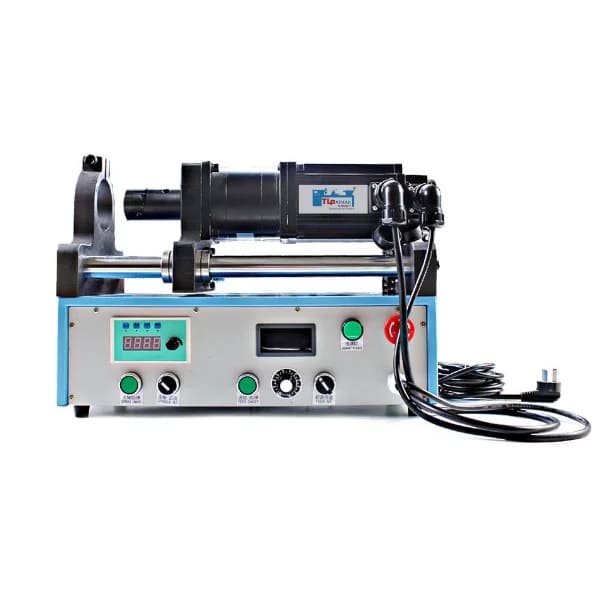Interior design has come a long way over the years, and today, designers have a wealth of materials and products at their disposal to create spaces that are not only aesthetically pleasing but also functional. One such product is perforated acoustic panels. These panels have gained popularity in recent years due to their numerous benefits and versatile applications.
Section 1: What are Perforated Acoustic Panels?
They are sound-absorbing panels made from different materials such as wood, metal, or fiberboard. They have holes or perforations on their surface, which allow sound waves to pass through and get absorbed by the sound-absorbing material inside the panel. They come in different shapes, sizes, colors, and designs, making them versatile and suitable for various applications.
Section 2: Benefits
2.1. Sound Absorption: The primary benefit is their ability to absorb sound. Sound waves pass through the holes on the surface of the panel and get absorbed by the sound-absorbing material inside. This feature makes perforated acoustic panels ideal for spaces with high noise levels, such as offices, conference rooms, and auditoriums.
2.2. Aesthetic Appeal: They can be customized to fit the design needs of any space. They come in various shapes, sizes, colors, and designs, making them versatile and aesthetically pleasing. They can be used to create unique and visually appealing designs on walls and ceilings, giving space a modern and sophisticated look.
2.3. Improved Room Acoustics: In addition to sound absorption, they can also improve room acoustics. They help to reduce echoes and reverberations, which can improve speech intelligibility and reduce noise levels.
2.4. Fire Resistance: They are often made from fire-resistant materials, making them ideal for spaces that require fire-resistant materials, such as public buildings, hospitals, and schools.
Section 3: Uses of Perforated Acoustic Panels in Interior Design
3.1. Walls: They can be used to create unique and visually appealing designs on walls. They can be used to create patterns or shapes on walls, giving space a modern and sophisticated look. They can also be used to cover entire walls, reducing noise levels and improving room acoustics.
3.2. Ceilings: They can be installed on ceilings to reduce noise levels and improve room acoustics. They can also be used to create unique designs on ceilings, giving a space a modern and sophisticated look.
3.3. Partitions: They can be used to create partitions in space, providing privacy and reducing noise levels. They are ideal for offices and conference rooms where privacy is necessary.
3.4. Doors: They can be used to create acoustic doors, reducing noise levels between rooms or spaces. They are ideal for spaces that require a high level of acoustic privacy, such as recording studios or cinemas.
How do They Work?
They work by absorbing sound waves through a combination of absorption and diffusion. When sound waves enter the holes on the panel’s surface, they pass through the perforations and into the panel’s core material. The core material is usually made of a porous material, such as fiberglass, that traps the sound waves and reduces their energy. As the sound waves travel deeper into the panel, they encounter the core’s varying densities and shapes, causing them to reflect and scatter in different directions. This diffusion helps to further reduce the sound energy and create a more even acoustic environment.
Applications of Perforated Acoustic Panels
They are widely used in various commercial and residential settings, including:
Offices: They can be used to reduce noise levels in open-plan offices, meeting rooms, and reception areas, improving productivity and communication.
Education: They can enhance learning environments by reducing noise levels in classrooms and other educational spaces, making it easier for students to concentrate and learn.
Healthcare: They can improve the comfort and privacy of patients in hospitals and medical facilities by reducing noise levels and improving speech intelligibility.
Retail: They can create a comfortable shopping environment by reducing noise levels and creating a more pleasant acoustic atmosphere.
Conclusion
Perforated acoustic panels have numerous benefits and versatile applications, making them ideal for various interior design projects. They are an excellent choice for spaces that require high noise reduction and improved room acoustics, and they can be customized to fit the design needs of any space. With their aesthetic appeal, fire resistance, and sound-absorbing properties, they are a valuable addition to any interior design project.



